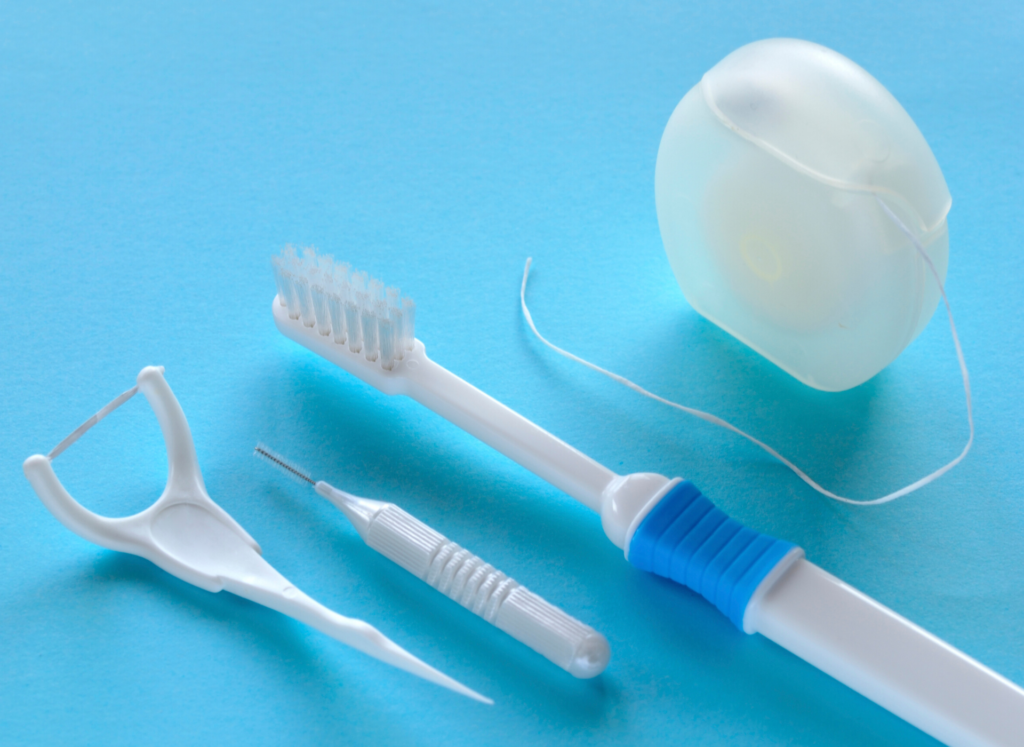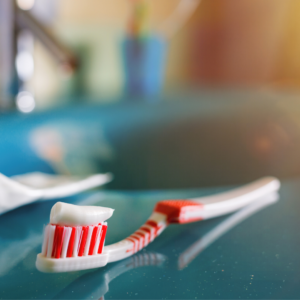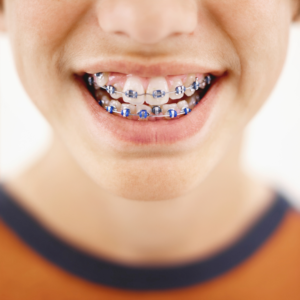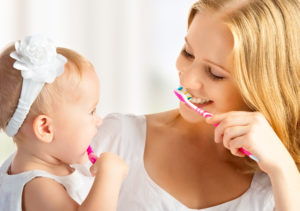Did you know that the most common spot for decay is in between your teeth? This is because it’s the area that’s missed the most.
If you think about having a shower; you wash ALL sides of your body – not just the front and the back. Similarly, brushing is great and works really well cleaning the front and back surfaces of your teeth, but it doesn’t get in between the teeth well. This is why flossing is so important!
Find flossing tiring? There are other methods you can use to clean in between your teeth such as an interdental brush (like a Pikster) or a Waterpik. Ask us about these alternatives next time you come in for your check up!
If you would like a dental professional to go through oral hygiene techniques like brushing and flossing in more detail, call us on (03) 8595 1888 or book online.

Did you know that someone who brushes and flosses well does not need to use any mouth rinse?
You should be brushing twice a day, morning and night, using a small, soft-bristled toothbrush and a fluoridated toothpaste. You should aim to have half of the brush on your tooth and half on your gums, as the gumline is the area where soft plaque usually develops.


Brushing at night is particularly important as any bits of food or debris that is left overnight in your mouth gives decay the perfect opportunity to develop.
If you would like a dental professional to go through oral hygiene techniques like brushing and flossing in more detail, call us on (03) 8595 1888 or book online.
During the development phase, when there are baby and adult teeth present (between 6 – 12 years), the teeth may not be perfectly aligned. Both the teeth and the jaw go through a lot of growth during this phase. So you don’t need to worry too much if the teeth are not completely straight while your child is still growing as this may not be their final position.
However, in saying that, an early orthodontic (braces) assessment (whilst your child still has baby teeth) could mean more complex orthodontic issues can be prevented in future. While traditionally, most people associated braces to be a ‘high-school thing’ because the last baby tooth in the mouth falls out around 11-12 years old, we now know that some early intervention techniques may reduce the need or at least simplify future orthodontic treatment. We might even be able to avoid braces altogether!
This is why it is so important that your child’s teeth are regularly monitored by a dental professional. As part of all our dental check ups, we complete an orthodontic screening and make recommendations if we believe further orthodontic treatment may be warranted.
To book a full dental examination for your child, give us a call on (03) 8595 1888 or book online.


We would recommend bringing your child in for their first visit anytime from 12 months old (or younger if you have any concerns), even if it is just to have a ride in the dental chair and familiarise themselves with us and the new environment. Our dentists and therapists are very experienced with treating children (not to mention we love them!), so rest assured, your children will be well looked after.
To book your child in for their dental check-up, call (03) 8595 1888 or book online.
About Us
Locations
At Gisborne Family Dental, we are committed to delivering quality, comprehensive dentistry with the utmost integrity, and respect for our patients.
